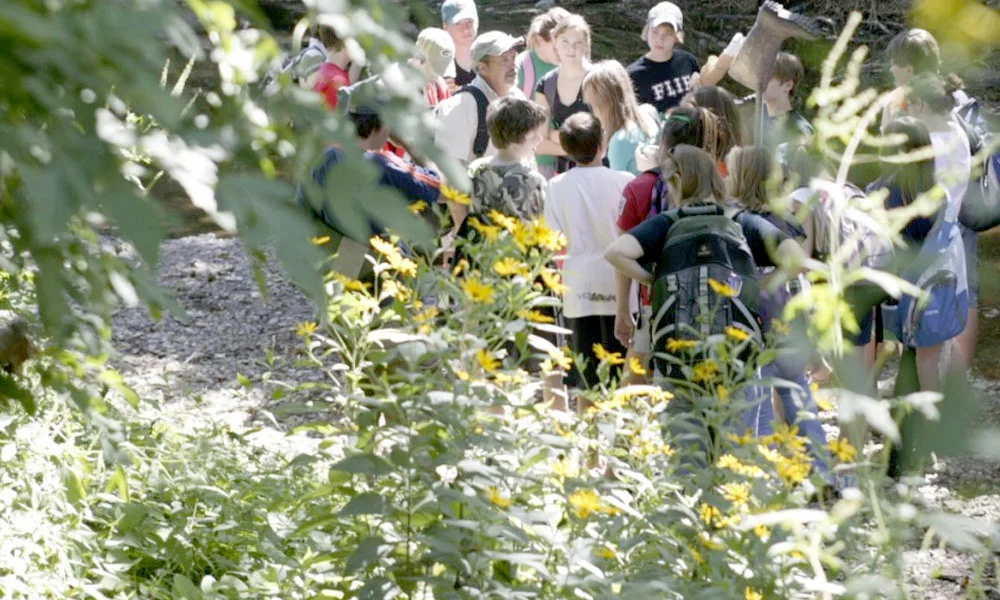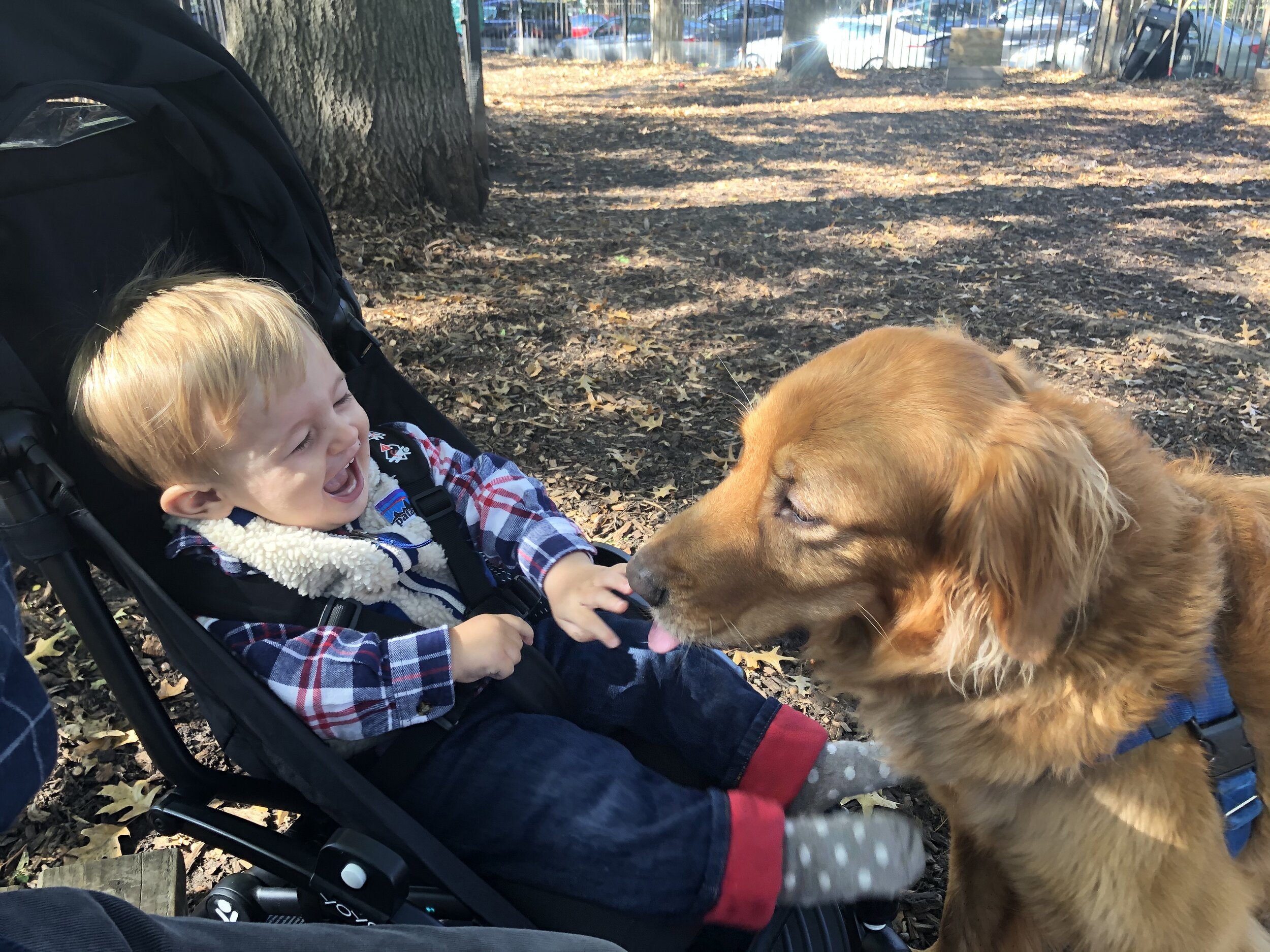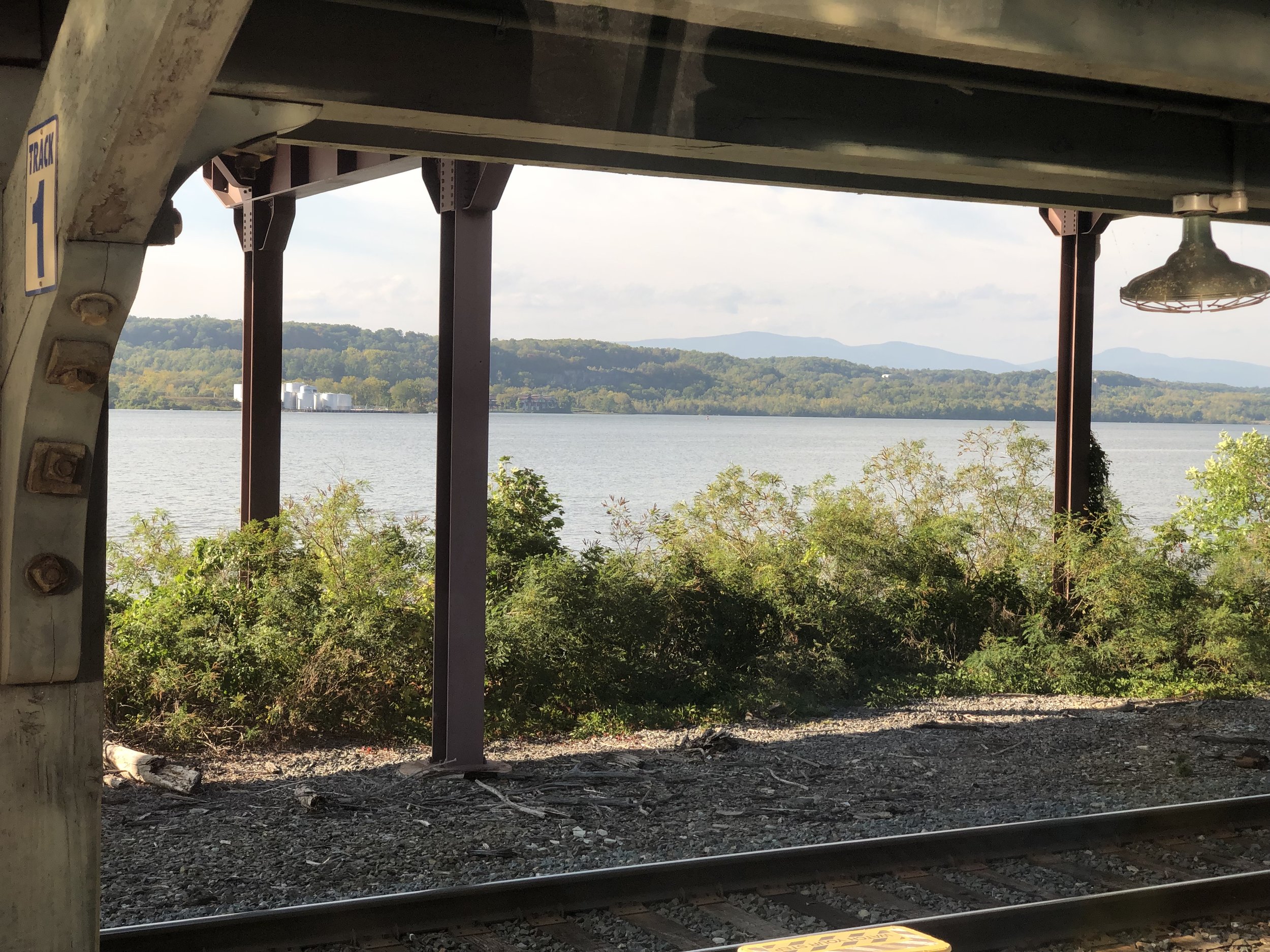The Cadwell Farm...this place...is in my bones...and heart...and soul. I know, intimately, just about every square inch of it. I played and worked on that land and in those houses and barn from birth to my mid 20’s...and periodically every year thereafter. The summer thunderstorms raging in over the Hubbardton ridge...the snowstorms blowing in over the Green Mountains...the midsummer moon rising over the mountains...the winter solstice sun setting at it’s most southerly point...they all make my heart sing.
There is a peace about the place that feeds my soul.
And, the Cadwell Farm is a place where my brothers and I get to pay it forward. I am reminded of what a dear friend, Peter Forbes, of Knoll Farm in Waitsfield, Vermont, wrote reflecting on his mentor, Bill Copperthwaite:
When my own life is done, my legacy might be a physical place, made sacred by care and attention, experienced together by people who can also find on that land their deepest courage to go forward and to create beauty, to love again in the dark hours. When my life is done, I want to have created a safe harbor on the land for my family, and others, to find and speak their truths, to practice creativity, and to use their imagination. I want to help others to believe in the land again and to believe in their own personal power.
My brothers and I are in synch with Peter on this. And Louise and my summer education retreat, with our colleagues Chuck Schwall and Michael Holohan, is one step in this process.
To better frame our connection to this place, let me give you a brief history the farm and my experience on it.
The Cadwell Farm goes back to the early 1800’s. My five younger brothers and I were the sixth generation to be raised on the farm, in the 50’s-60’s-70’s.
That’s me on the left…then Steve, Jason, Michael, Jared and Alden…in shirts and sweaters our Mother made for us.
The farm sits in a valley and looks up to the east to the Green Mountain ridge with Pico Peak the signature profile at just under 4,000 feet, and to the west at the Hubbardton hills. The valley was formed over the millennia by a river, Otter Creek, that flows north from the Green Mountains, over 100 miles into Lake Champlain. Otter Creek defines the western boundary of the farm; and Furnace Brook, a tributary of Otter Creek, defines the eastern boundary. The farm is about 200 acres in all, with 80 acres of tillable open fields, presently planted in feed crops for beef cattle.
The barnyard “piazza” is framed by two houses, north and south, with front porches addressing the street, Elm Street; and a great white clapboard, four story barn (30 feet wide and 100 feet long) that sits back from the road about 200 feet between the houses. For a drone and slide tour of the farm click here.
A sketch of the barn that I made last year….
In my childhood, my father’s Uncle Dan lived in the southern house. He owned the farm and ran it as a dairy farm that milked about 60 black and white Holsteins twice a day, at 5 a.m. and 3 p.m. We lived in the northern house, a typical meandering white clapboard farmhouse that began as a simple one story cape in the 1800’s and expanded through three additions (including the import of a piece of a church from up the street) to become the structure that my mother, an architect, renovated in 1960 to best accommodate her brood.
When I was old enough - about 10 - I was allowed to help with the chores: go get the cows in the lower or upper pasture, pitch down hay from the massive three story hay mow to the cows stanchioned in the milking parlor on the basement level, ladle grain to the same girls, shovel their manure. When I was in my teens I could help with the haying: throw bails onto the wagon, stack bails on the wagon and from there into the barn hay mow. If I was really lucky I got to drive the tractor or the truck.
However, most of my time on the farm was spent at play — in the woods, along the river, in the fields: engineering bike paths through the pine trees, building “cabins” of fallen limbs, or in the abandoned box of an old truck, or, in my early teens, constructed of real lumber with a tin roof and a wood stove!...fishing or skating at the Cove...sitting on the “big rock” gazing at the pollywog pond...inventing games...playing ball (all kinds of ball)...one summer we boarded two ponies, so, “Cowboys and Indians” was the go to drama...later my father persuaded his uncle to cede him a piece of the calf pasture adjoining our backyard and he built a tennis court.
Up and down Elm Street, within about a quarter mile, there were six other families (including the three families of my uncle’s hired farm hands) with 25 kids within a 15 year span. There was never any lack of companionship. We were free range chickens...contained by the boundaries of the farm, yet free to invent our own world there within. Actually, in affirmation of that domain, our mother had a simple, direct command to us boys whenever we got too squirrelly indoors. It was: OUT!
All this in the backdrop of a working dairy farm.
In the early 70’s my Great Uncle Dan died and in his will he sold the farm to my Dad, a life insurance and pension underwriter. All the cattle and dairy equipment were sold at auction.
Dad leased the open land to other farmers for crops and rented Uncle Dan’s house and the remaining tenant house. When Dad wasn’t “doing business” he loved to work around the land...mowing, chain sawing, digging...and always, he would round up one or two or three of us boys to “project” with him. My favorite project of his considerable legacy was the culling of a self seeded stand of maple trees on the knoll across the field east of the house. Today, some 70 years after his initial vision, it’s a sugarbush ready to yield many gallons of syrup.
When I first imagined hosting an education retreat on the farm, all these images from my past came flooding back to me. I feel blessed to have such a place to share with others. Just as this land has been a constant source of inspiration for me, it’s with delighted anticipation that I look forward to witnessing this place as an inspiration for our retreat. To paraphrase and adapt what Peter wrote above: Through a compelling learning experience on the grounds of our family farm I want to help others to believe in their own personal power.
To register for our retreat, click here.
























